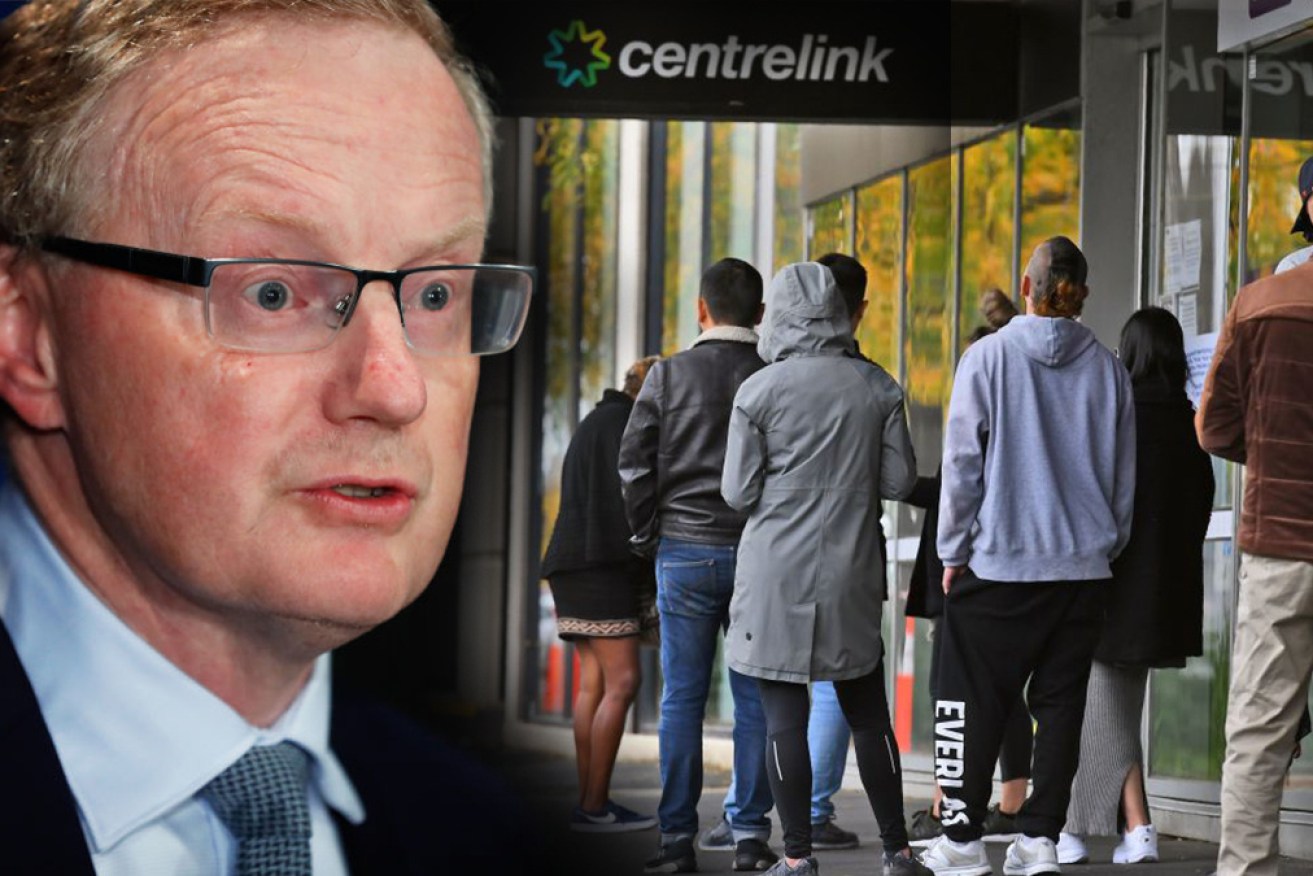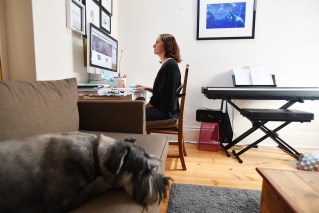RBA calls on governments to spend big as unemployment tipped to rise


Reserve Bank governor Philip Lowe wants state and federal governments to keep spending. Photo: The New Daily
The Reserve Bank has once again urged state and federal governments to take advantage of record-low interest rates and spend big to rebuild the economy.
In the publicly released minutes of its September board meeting, the Reserve Bank board said the Australian and state governments were well placed to support the recovery as debt levels were low “relative to the size of the economy” and borrowing costs were extremely modest.
“Members noted that public sector balance sheets in Australia were strong, which allowed for the provision of continued support,” the minutes read.
“They considered it likely that fiscal and monetary support would be required for some time given the outlook for the economy and the labour market.”
The board members described the recession as the biggest economic shock since the 1930s, but noted the downturn was not as severe as earlier expected and “a recovery was under way in most of Australia”.
It said the package it announced on March 19 was continuing to support the economy. But as previously announced, the board agreed in September to make available to banks an extra $110 billion in cheap credit to on-lend to struggling SMEs.
And in good news for home owners, the bank also noted that interest rates would remain low for “as long as required” and that additional measures would be taken if necessary.
The release of its minutes come as the federal government braces for another grim jobs report on Thursday.
Commonwealth Bank expects the ABS survey will show employment falling by 50,000 jobs in August and unemployment rising from 7.5 per cent to 7.7 per cent.
“We take the view that the hit to Victoria’s labour market will more than offset jobs growth in all the other states combined,” CBA associate economist Nicolas Guesnon wrote in a research note.
“This is particularly the case given the July survey saw jobs growth lift by 114,700 without capturing Victoria’s escalation of lockdown measures in July.”
Westpac has also tipped the unemployment rate to hit 7.7 per cent in August – noting that most of the jobs lost and subsequently recovered during the pandemic have been part-time roles.
And ANZ published research this week saying it expects the unemployment rate to remain above pre-pandemic levels until at least 2023 – “despite our assumption of an additional $180 billion of government spending over a four-year horizon”.
Economists at the bank expect the unemployment rate to hit 9 per cent before the end of the year and to peak at 9.2 per cent in the March quarter of 2021.
Although they cautioned people against drawing too many lessons from previous recessions, given today’s shock was caused by a health crisis, the economists at ANZ said: “Even so, we believe one of the takeaways from the last two recessions and the GFC – that it takes many years for the labour market to recover – will apply this time too”.
“With that in mind, we think it imperative that policy remains stimulatory for an extended period,” they said.
“If our outlook proves to be too cautious then this will be a good problem to have, with policy able to [be] tightened if activity recovers faster than expected.
“We see little risk of such an approach causing a lasting breakout of inflation that will take years to contain.”
The Grattan Institute made a similar point last week.
Less than a month before the Treasurer is scheduled to hand down his budget on October 6, Grattan called for another $100 billion to $120 billion of fiscal stimulus, on top of the $314 billion already committed.
“This would be enough to cut the unemployment rate by about two percentage points relative to where it would otherwise be by the end of 2022,” wrote senior associate Matt Cowgill and household finances program director Brendan Coates.
“It would bring unemployment back down to around 5 per cent – around the level the RBA expects is needed to get wages growing again.
“And governments will need to spend more in the years beyond to keep it there.”











